
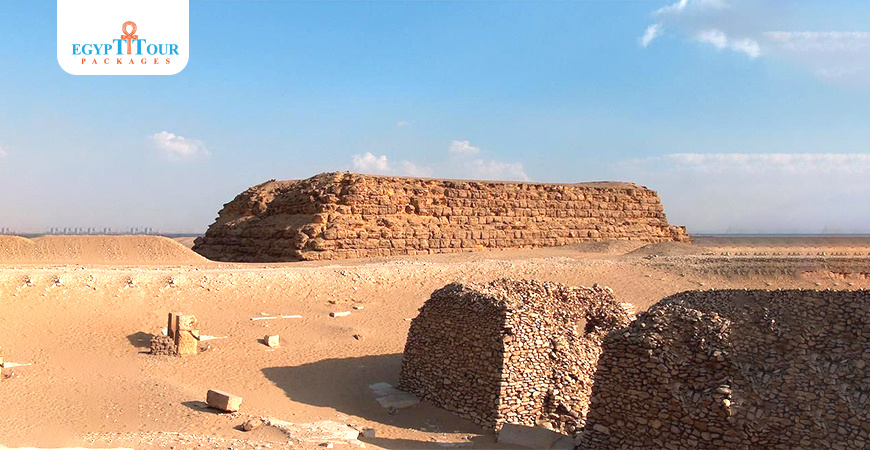
Mastaba of Shepseskaf
Shepseskaf was a pharaoh of ancient Egypt, the sixth and probably last ruler of the fourth dynasty during the Old Kingdom period.
What is the mastaba in Saqqara?
Shepseskaf, Menkaure's son, was the last pharaoh of Dynasty IV. His tomb, called Mastabat el-Fara'un in Arabic, is found at South Saqqara and is known as the 'Pharaoh's Bench'The large mastaba of Shepseskaf was first explored by Auguste Mariette in 1858 and has been studied by many other archaeologists. Gustave Jequier confirmed the identification of its owner, Shepseskaf, in 1925 after finding a piece of the pharaoh's name.

Where are Mastabas found?
The burial chamber is constructed from big limestone blocks and was originally coated with a smoother white Tura limestone layer. Certain blocks with inscriptions from Prince Khaemwaset have been restored. The mastaba appears to have been constructed in two phases and might have been purposely made to look like a Buto-style shrine, a tomb design from Lower Egypt with a vaulted shape and straight ends. Karl Lepsius likened it to a huge sarcophagus.
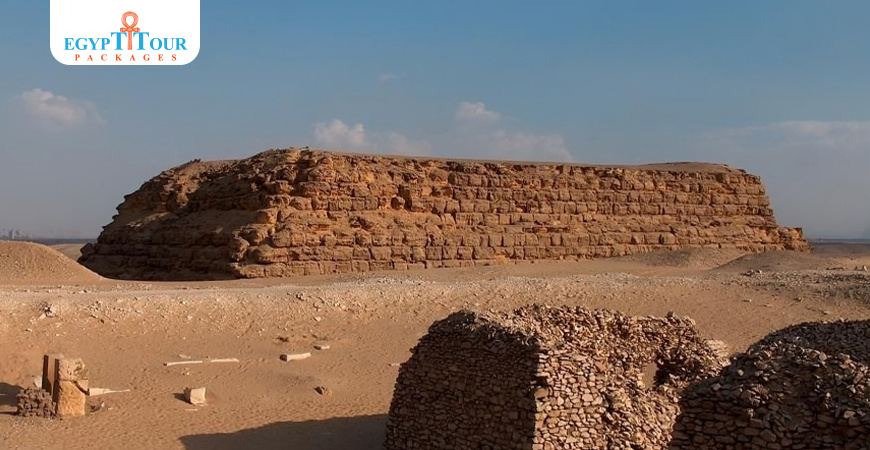
What is the mastaba in Saqqara?
Shepseskaf, Menkaure's son, was the last pharaoh of Dynasty IV. His tomb, called Mastabat el-Fara'un in Arabic, is found at South Saqqara and is known as the 'Pharaoh's Bench'The large mastaba of Shepseskaf was first explored by Auguste Mariette in 1858 and has been studied by many other archaeologists. Gustave Jequier confirmed the identification of its owner, Shepseskaf, in 1925 after finding a piece of the pharaoh's name.

Mysterious Tomb Of Shepseskaf
The mastaba was surrounded by two mudbrick walls. The first wall had Shepseskaf's mortuary temple on the east side. The temple was built in two stages, with the earlier parts made of stone and later additions made of mudbrick. The older sections of the temple had a paved courtyard with an altar, a T-shaped offering hall with a false door, and several chambers that were likely used for storage. The later mudbrick sections included a spacious courtyard with niches adorning the inner walls.
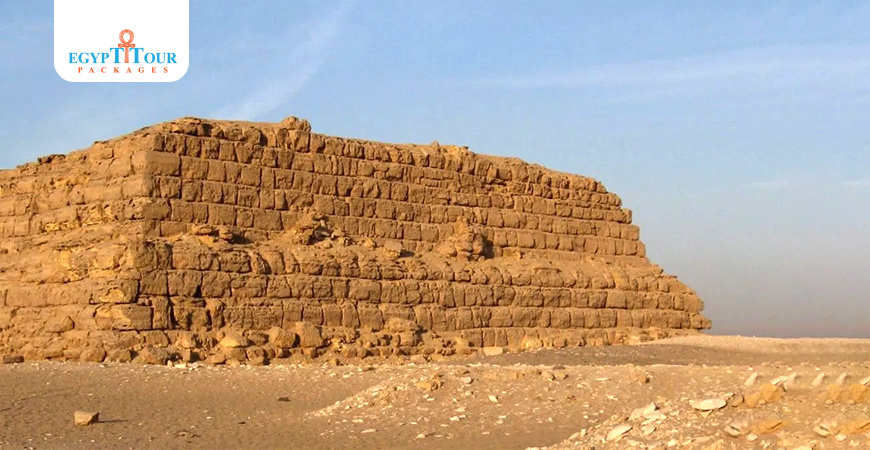
Mastaba of Shepseskaf
Shepseskaf's causeway, made of white-painted mudbrick, connected to the mortuary temple at the southeastern corner of the courtyard wall. Initially, the causeway resembled a vaulted passage that likely led to the King's valley temple, but this has not yet been found. The burial monument of Shepseskaf remains a mystery to Egyptologists. It is unclear why this king chose South Saqqara as the location for his tomb instead of Giza, or why he opted for a mastaba instead of the traditional pyramid. Jequier proposed that this unique form of royal tomb was constructed as a protest against the growing influence of the priesthood of the sun-god Re, as the pyramid shape was associated with the sun. As further support for his theory, he noted that Shepseskaf did not include the element Re in his name. Alternatively, it could be that Giza did not have a suitable site for another pyramid, leading the king to choose Dashur, where his ancestor Snefru, the founder of Dynasty IV, was buried. Shepseskaf's reign was short, lasting only about four years, and economic factors may have also played a role in his decision. It is possible that he initially constructed a temporary monument, which was later intended to be expanded into a larger tomb or pyramid.
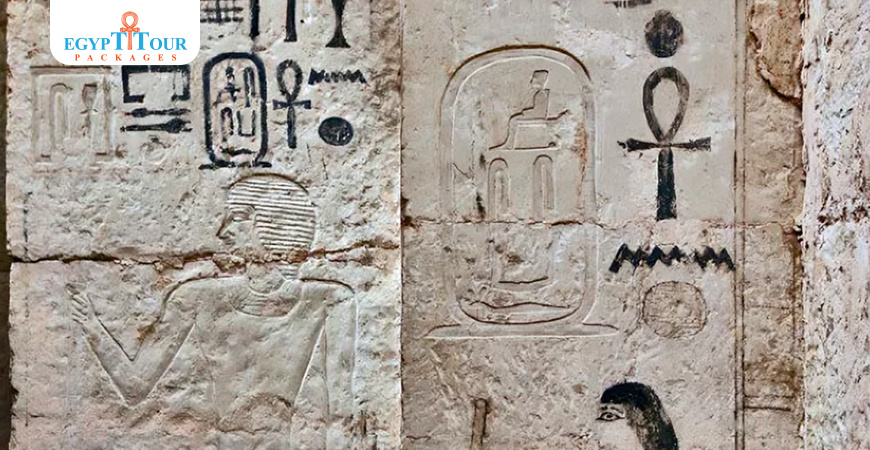
What did they find in Saqqara tomb?
To explore South Saqqara, you might need a special permit from the Egyptian Antiquities Organisation. It can be challenging to access, so it's advisable to have a reliable guide and an off-road vehicle. Mastabat el-Fara'un is situated in the southern part of South Saqqara, near Pepy II's pyramid and the Middle Kingdom pyramids. It's in a secluded area of the desert.
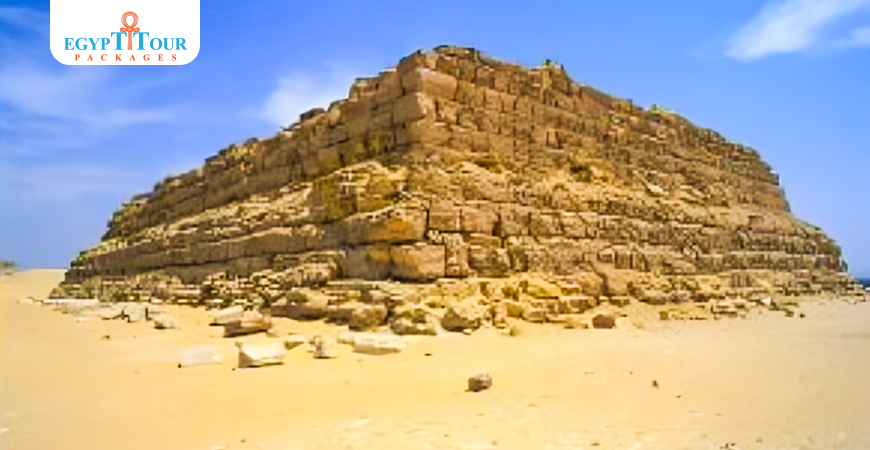
Post A Comment
Your Email Address Will Not Be Published.



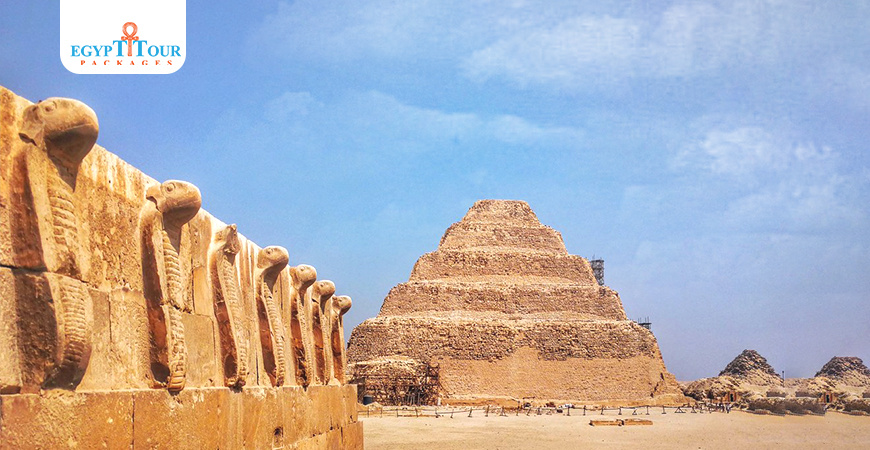







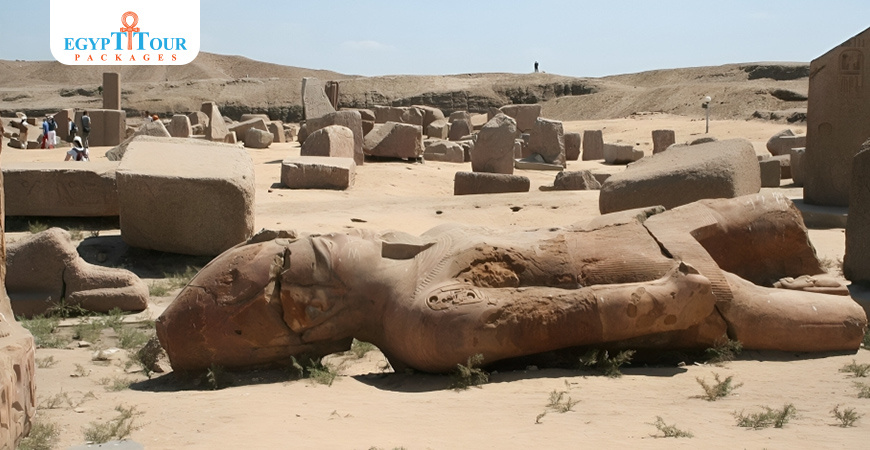


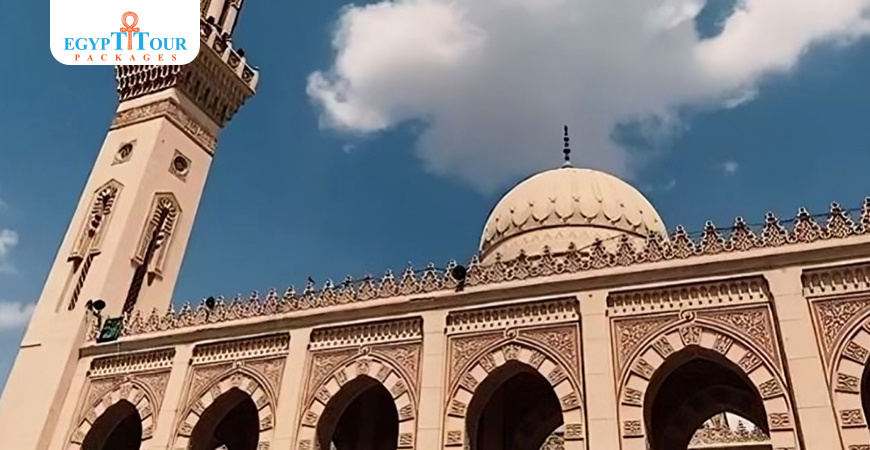


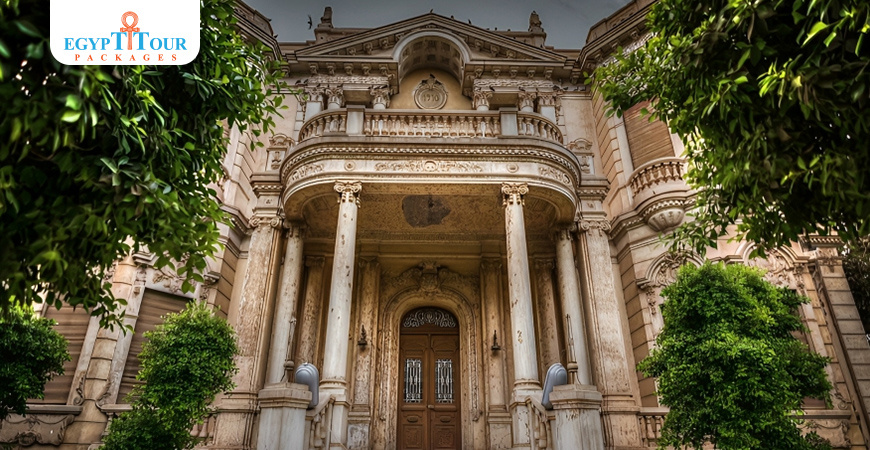
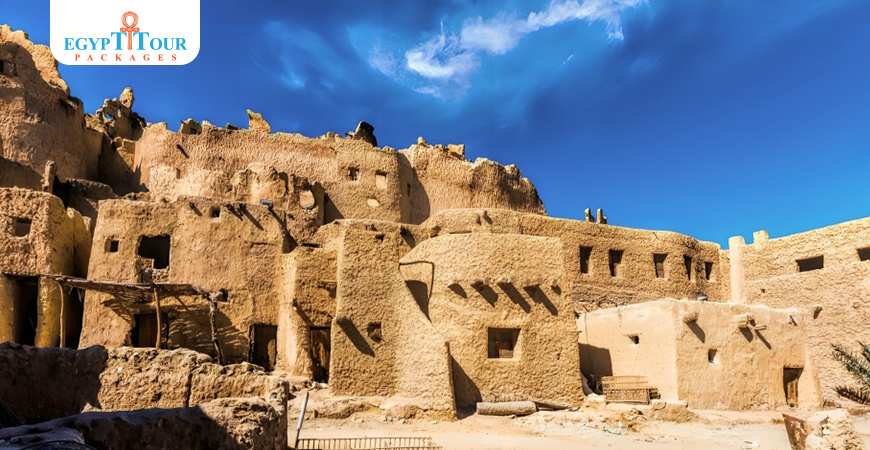
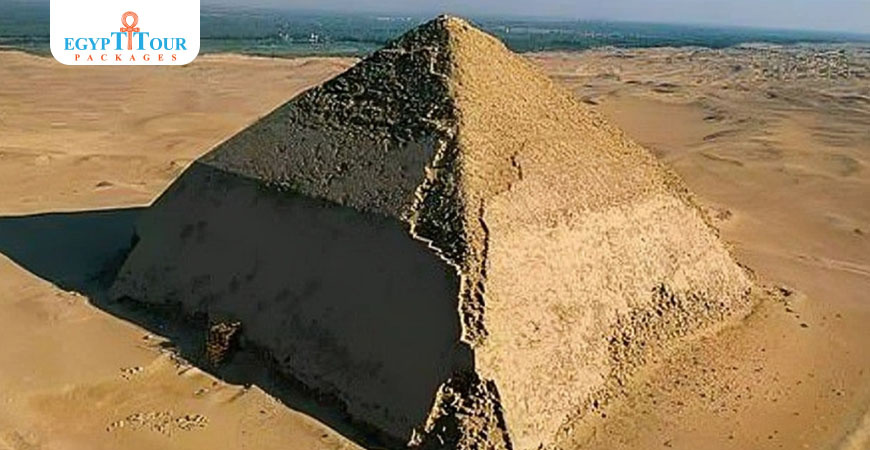
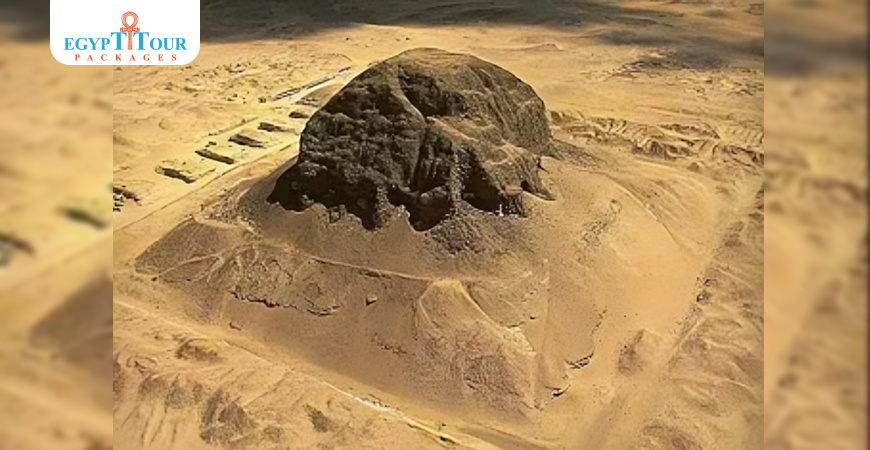
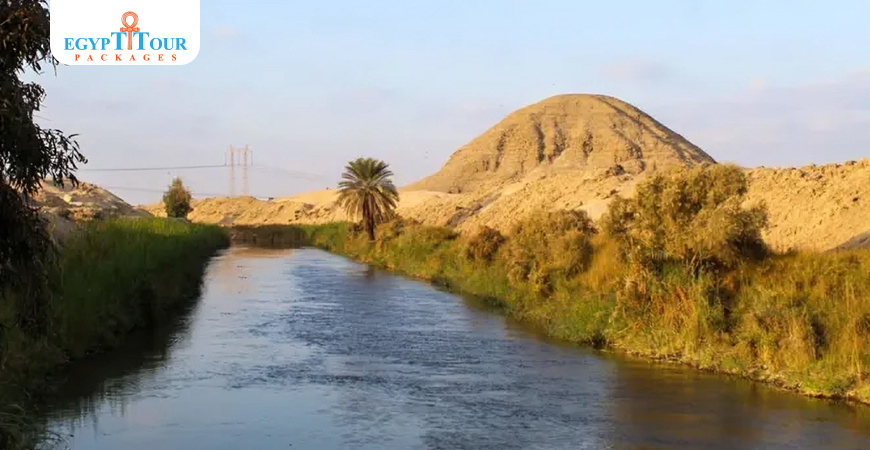
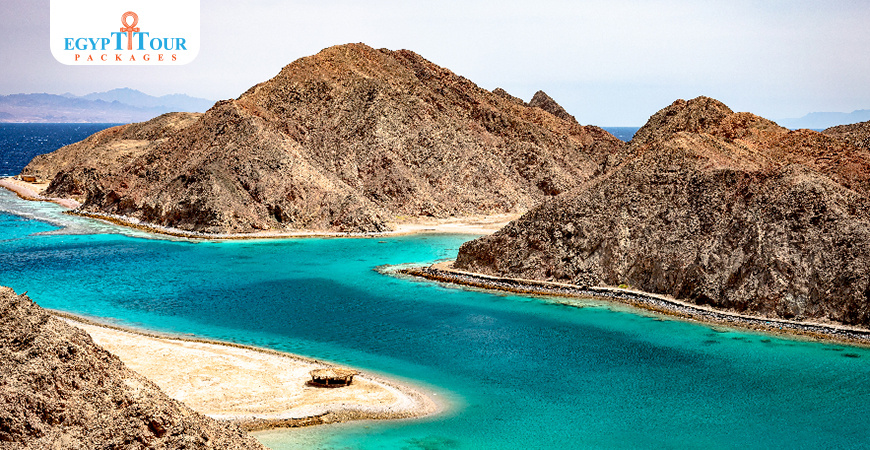

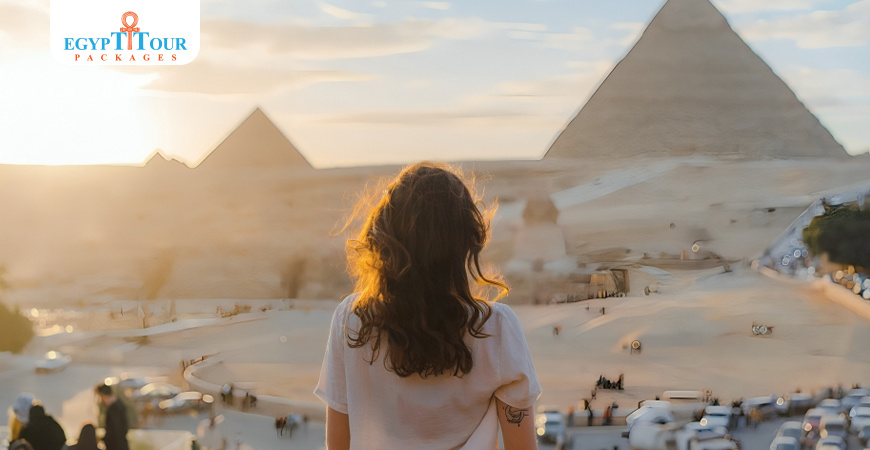
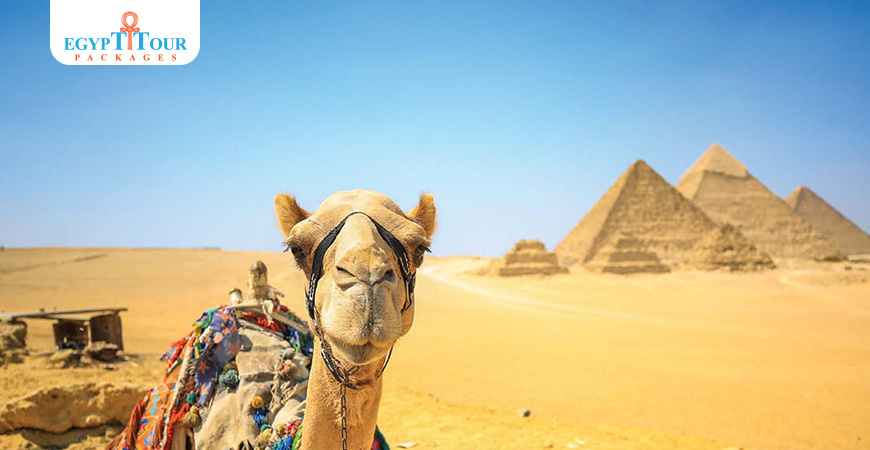











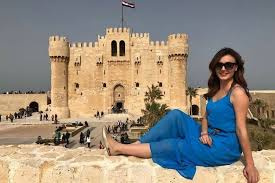

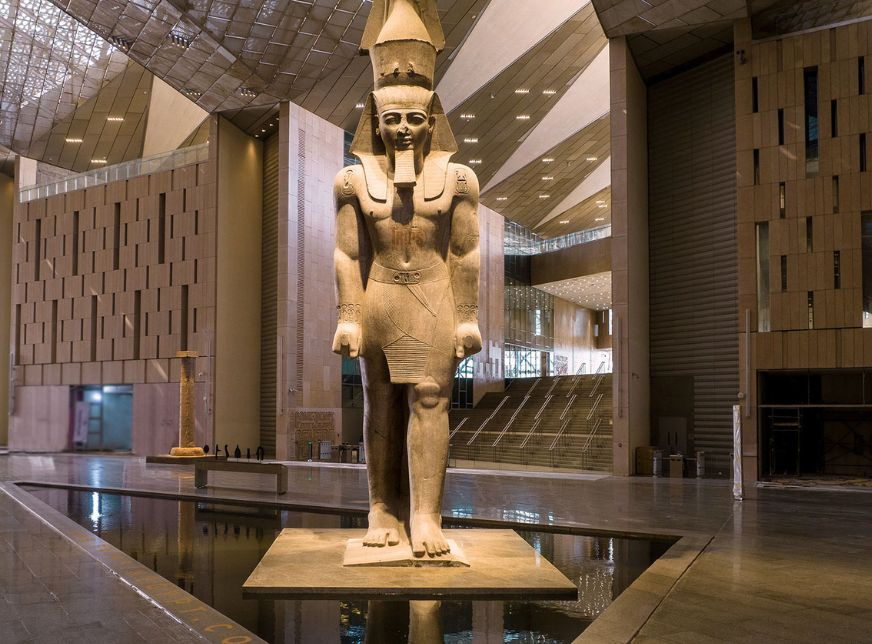

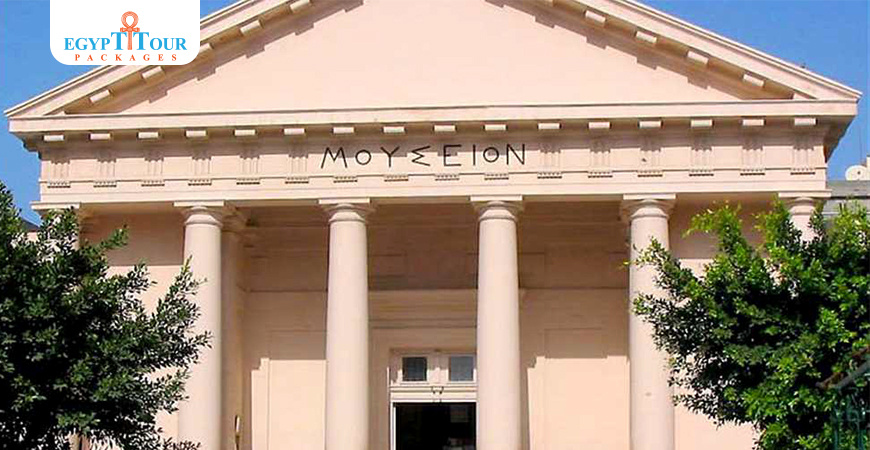









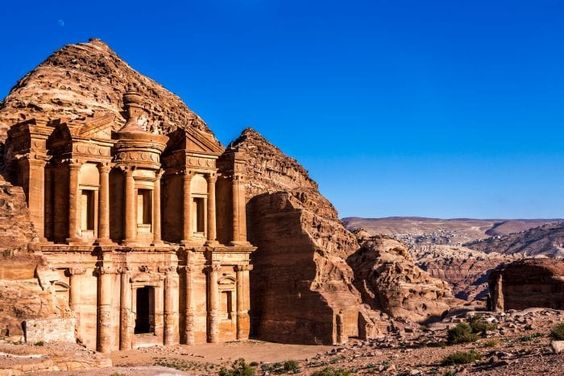
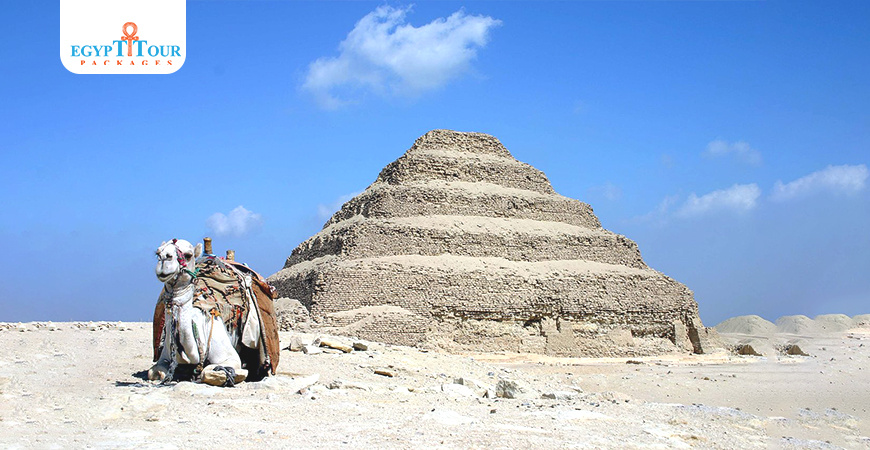

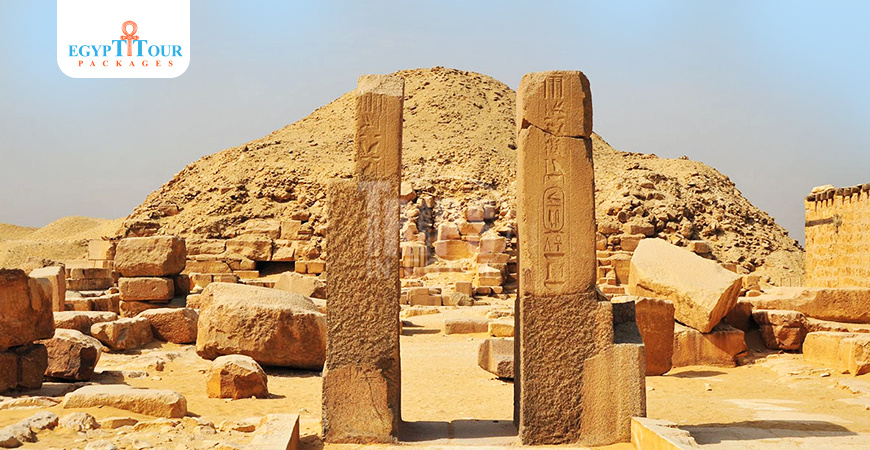

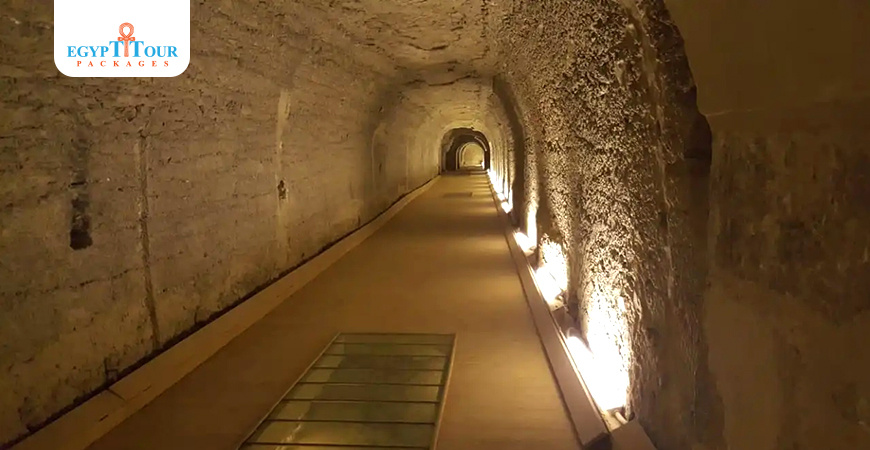

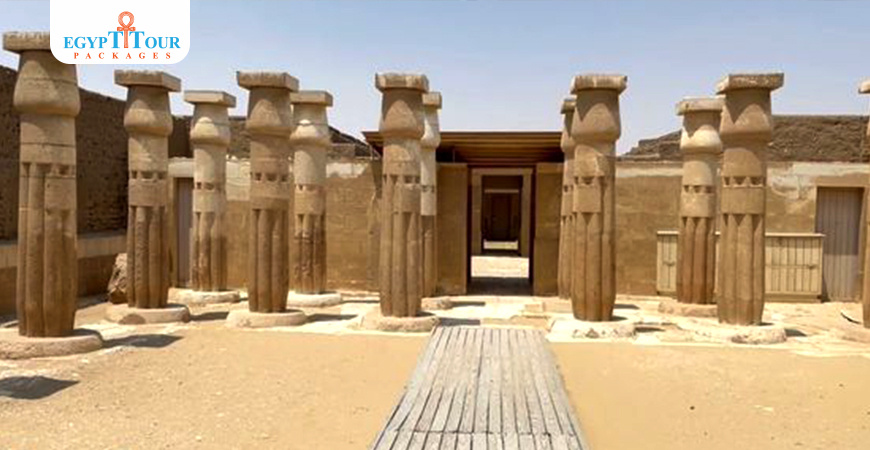
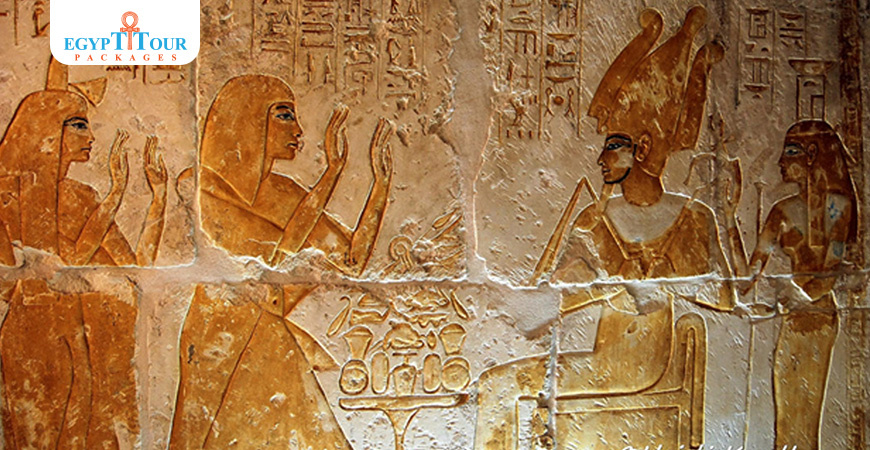
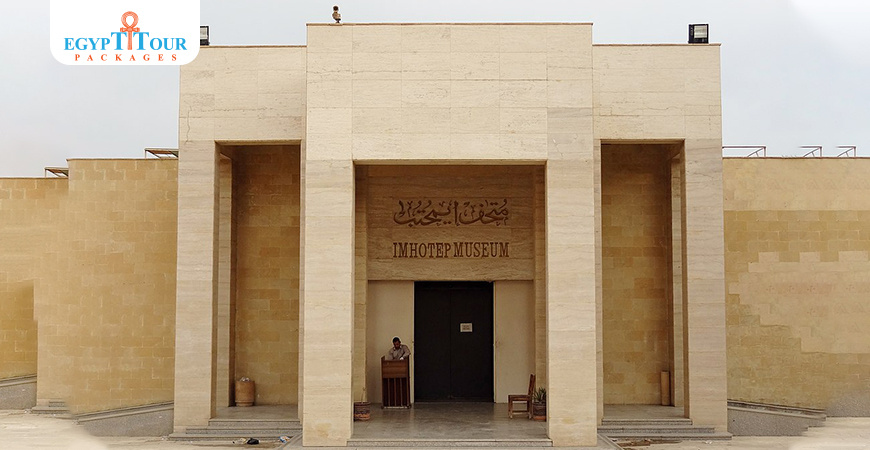

0 Comments